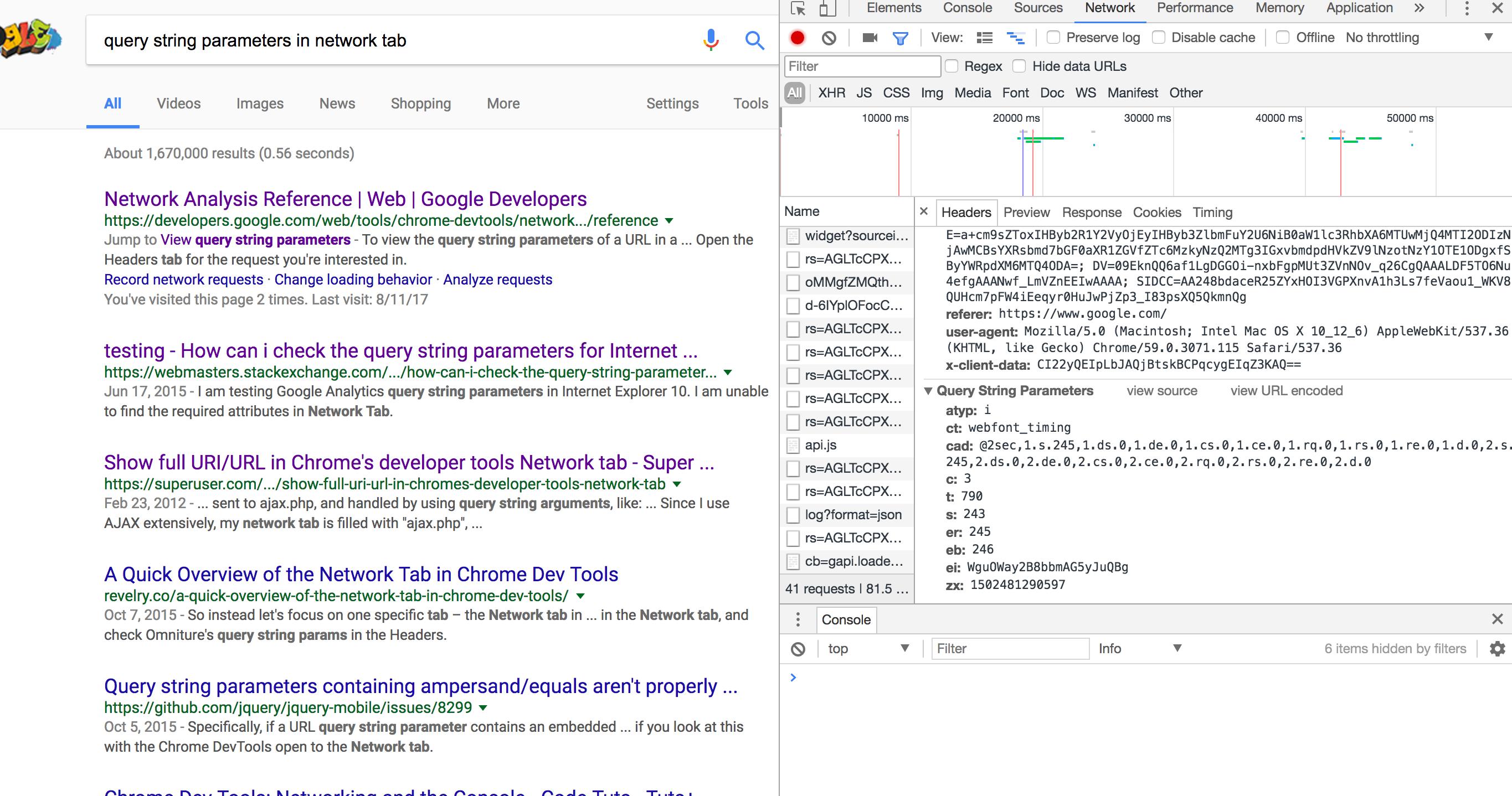I am trying to capture query string parameters for analytics purpose using javascript. I did some searching and found that BMP can be used to do it but i am unable to find ample examples to implement. Could anyone point me in the right direction.
EDIT 1:
I used below code using browsermob-proxy to get har file but i get ERROR: browsermob-proxy returned error when i run it . I use selenium with it.
getHarFile() {
const proxy = browsermb.Proxy;
const pr = new proxy({host:"0.0.0.0",port:4444});
pr.doHAR("http://www.cnn.com/", (err,data) => {
if (err) {
logger.debug('ERROR: ' + err);
} else {
fs.writeFileSync('ua.com.har', data, 'utf8');
logger.debug("#HAR CREATED#");
}
})
}


?. So if you are able to capture the requests, then you can just url decode everything after the?and you will find the parameters. – Marthamarthe